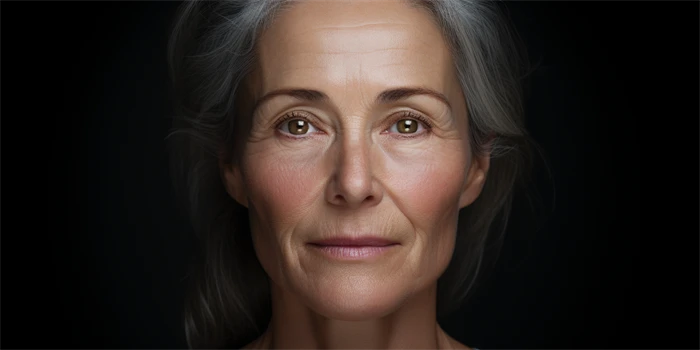
Facial Fat Transfer in Old Harbour: Weighing the Risks and Benefits
Introduction
Facial fat transfer, also known as facial fat grafting, is a popular cosmetic procedure that has gained increasing attention in recent years. This technique involves harvesting fat from one area of the body, typically the abdomen, thighs, or buttocks, and then injecting it into specific areas of the face to restore volume and improve the appearance of wrinkles, fine lines, and other age-related changes. While this procedure can offer significant benefits, it's important to be aware of the potential risks, especially for those considering this treatment in Old Harbour.
Risks of Facial Fat Transfer
As with any surgical procedure, facial fat transfer carries certain risks that patients should be aware of. Some of the potential risks associated with this procedure include:
1. Uneven Results: The distribution of the transferred fat can be uneven, leading to an unnatural or lopsided appearance. This can be particularly challenging to correct and may require additional procedures.
2. Reabsorption of Fat: Over time, the body may reabsorb some of the transferred fat, leading to a loss of volume and potentially requiring additional treatments to maintain the desired results.
3. Infection: As with any surgical procedure, there is a risk of infection at the donor site or the injection site. This can lead to complications and may require additional medical intervention.
4. Asymmetry: Differences in the amount of fat transferred or the way it is distributed can result in facial asymmetry, which can be difficult to correct.
5. Adverse Reactions: Some individuals may have an adverse reaction to the transferred fat, such as an allergic response or the development of lumps or cysts.
Finding a Reputable Provider
When considering facial fat transfer in Old Harbour, it's crucial to find a reputable and experienced provider who can minimize the risks and optimize the outcomes. Here are some key factors to consider when selecting a provider:
1. Medical Qualifications: Ensure that the provider is a board-certified plastic surgeon or dermatologist with extensive experience in performing facial fat transfer procedures.
2. Specialization: Look for a provider who specializes in facial rejuvenation and has a track record of successful fat transfer procedures.
3. Patient Reviews: Research the provider's reputation by reading online reviews and testimonials from previous patients.
4. Facility Accreditation: Verify that the provider's facility is accredited by a recognized healthcare organization, ensuring that it meets the highest standards of patient safety and care.
FAQ
1. **How long does the facial fat transfer procedure take?**
The procedure typically takes 1-2 hours, depending on the complexity of the case and the amount of fat being transferred.
2. **How long does the recovery process take?**
Recovery from facial fat transfer can take 1-2 weeks, with some swelling and bruising expected during this time. Patients are usually able to return to their normal activities within a week or two.
3. **How long do the results last?**
The results of facial fat transfer can last for several years, but the longevity of the results can vary from person to person. Some patients may require touch-up treatments to maintain their desired appearance over time.
4. **Are there any contraindications for facial fat transfer?**
Individuals with certain medical conditions, such as severe heart or lung disease, may not be suitable candidates for facial fat transfer. It's important to disclose all relevant medical history to the provider during the initial consultation.
In conclusion, facial fat transfer can be a beneficial procedure for those looking to restore volume and improve the overall appearance of their face. However, it's crucial to be aware of the potential risks and to work with a reputable and experienced provider in Old Harbour to ensure the best possible outcomes.


